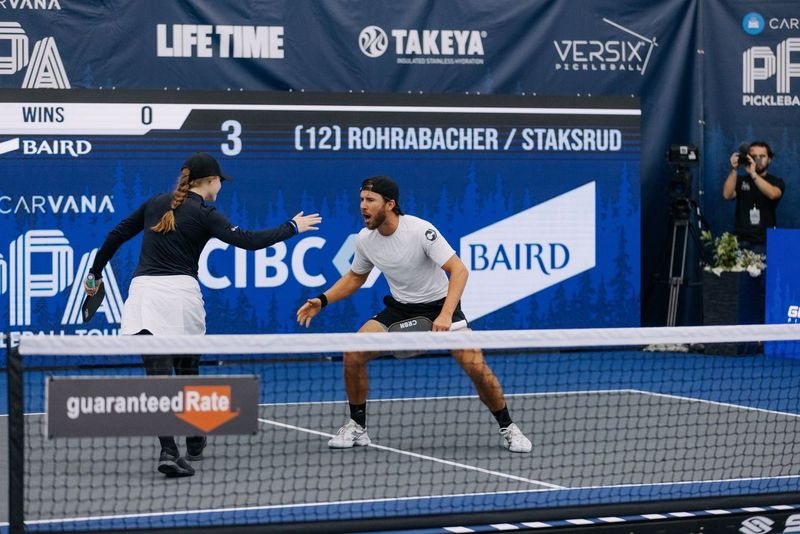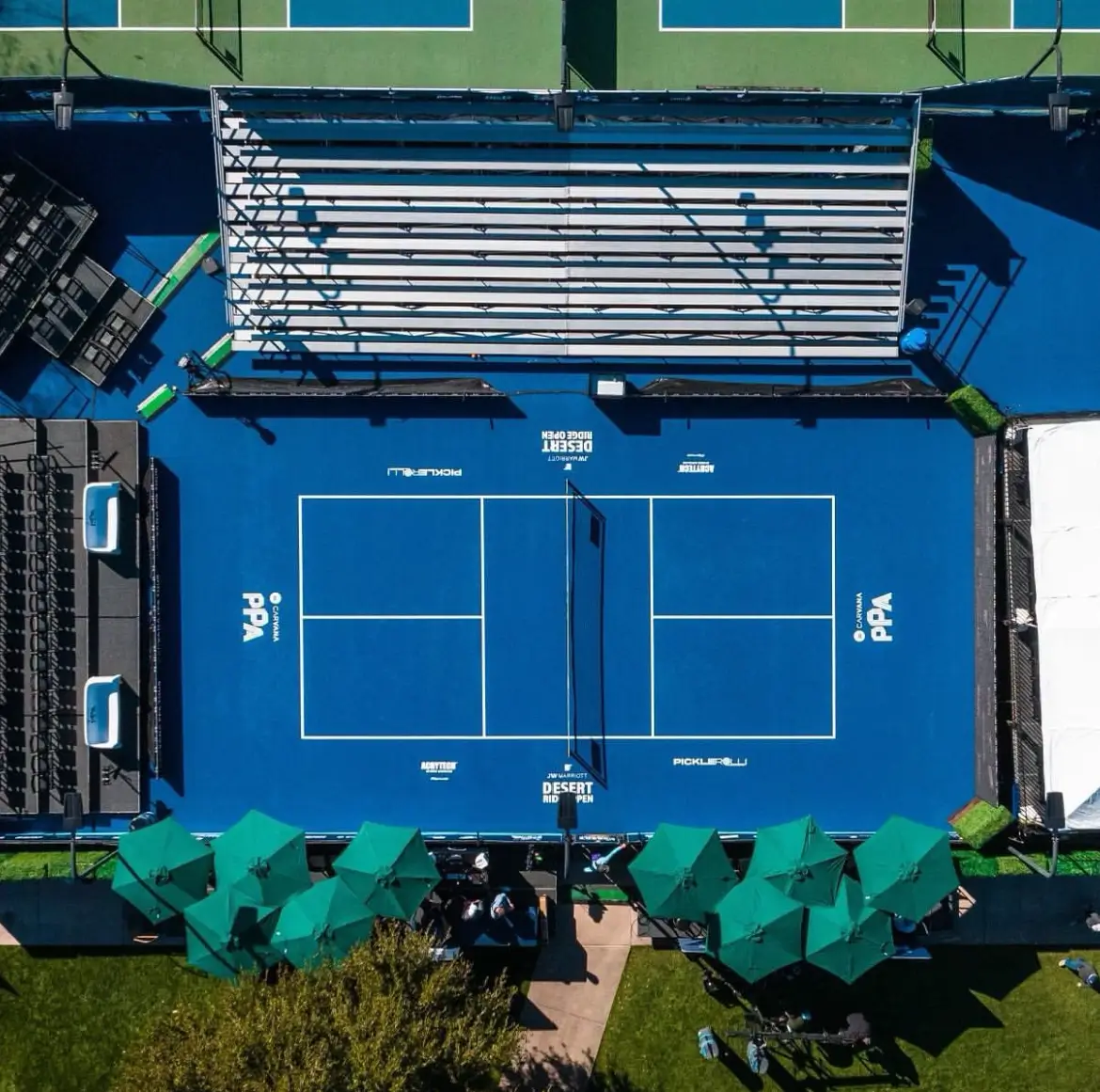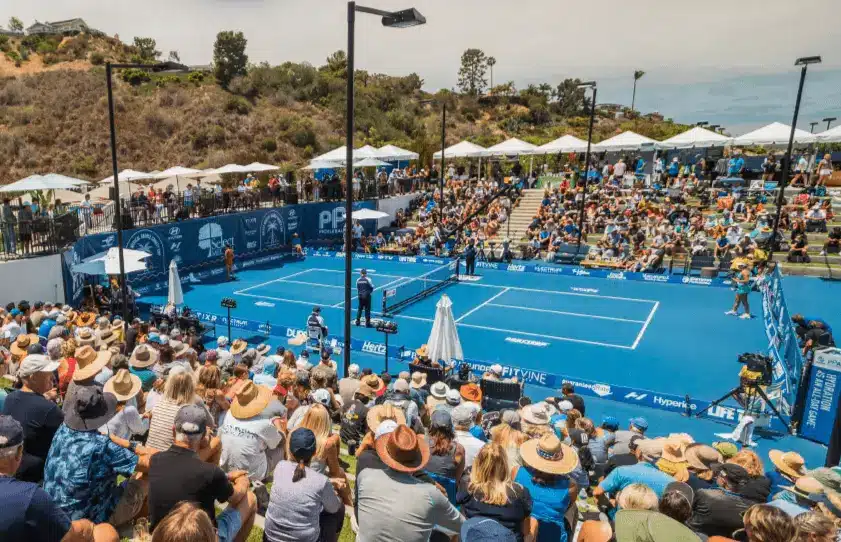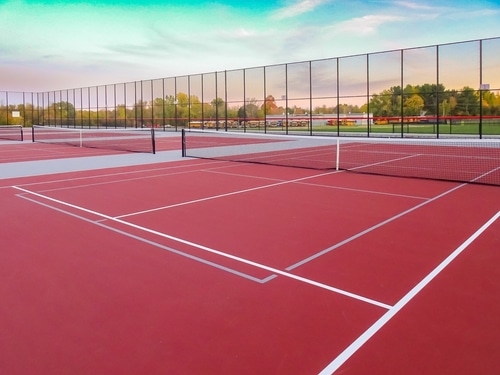Detailed Pickleball Scoring Rules Guide
| March 20, 2024

Basics of Pickleball Scoring
A lot of people are intimidated by the scoring in pickleball, but truly it’s much easier than tennis and simple to learn.
Give yourself a game or two and you’ll be a pickleball scoring expert and also be able to help others learn how to play pickleball.
The best way to learn the scoring is to get out on the court and play, move to the appropriate positions and see how it works in an actual game situation.
But for now, here’s a quick once-over, so that when you are on the court, things will be a bit easier for you.
Remember, it’s important to realize there are a lot of variations on scoring, especially in tournament play, so make sure everyone you’re playing with is consistent in what scoring will be used. There is rally scoring, games to 15 or even scoring like Major League Pickleball uses, but for our purposes here, we’re going to be talking about traditional side-out scoring.
Pickleball scoring is straightforward and follows a simple system. Side-out scoring works for singles and doubles. Here’s how it works:
Starting the Game
Generally, the team that is occupying the spot in the court closest to the northwest side serves first. Local rules may be different, and the serving team may be determined by a coin flip or some other measure.
The game starts with the serving team serving the ball from the right side of the court to the diagonally opposite side.
Games are played to 11.
Gameplay
Only the serving team can earn a point in side-out pickleball. If the serving team wins a rally, a point is earned. Obviously, if the serving team makes a fault such as making an error or violates a rule. Common faults include hitting the ball out of bounds, not clearing the non-volley zone (the kitchen), or failing to execute a proper serve, they do not earn a point.
If the serving team commits a fault, they lose the serve, and the opposing team becomes the serving team.
(Visit our article on How to Serve in Pickleball to learn more about pickleball serving rules)
Think of it this way: In baseball, a team can only score runs when it is at bat. The team in the field can’t score runs and it must make three outs before getting its chance to score runs.
In pickleball, the team serving is similar to the team “at bat,” only in pickleball, the receiving team must make two “outs.” Once the receiving team earns its two outs, either by winning rallies or the serving team making faults, it gets a chance to serve.
Doubles Pickleball Scoring Rules Guide
In doubles pickleball, the score is made up of three numbers – the first is the serving team’s score, the second is the receiving team’s score and the third is the server number. There is no third number in singles pickleball.
For example, in doubles pickleball, if the score is 6-3 and the serving team is on its second server, the score would be announced as, “6-3-2,” meaning the serving team is ahead 6-3 and on its second server.
Each game starts at 0-0-2 as the team that serves first to begin the game starts on its second server. If the serving team commits a fault on the first serve of the game, it will be a side-out and the receiving team will earn the right to serve. After that, each team in doubles pickleball will receive two serves, one for each partner.
Every serve at the beginning of the game will be on the right side of the court and the return will come from the right side of the court as well. If the serving team wins the rally, it is awarded a point.
Every time the serving team wins a point, the two players on the serving team switch sides of the court. The same player continues to serve until the serving team has a fault. Once a fault is made the second server gets a chance to serve from their current position.
Remember, only the serving team can score points.
Player Positioning for Doubles Pickleball
Positioning of the server and the receiver is important. The correct server must be in the correct spot and the correct receiver must be in the correct position, as well. The correct side is determined by the score of the game.
If the serving team’s score is 0 or even, then the player who started on the even side (right) of the court at the beginning of the game must be on the right side of the court.
If the serving team’s score is odd, the player who served first for the team should be on the left side of the court.
As long as the correct server and the correct receiver are in position at the time of the serve, the other players may stand anywhere they like. This includes either on or off the court.
The receiving team never switches sides of the court if a point is scored. Only the serving team switches serving positions and the serve is always diagonal. If a serve does not land in the appropriate space, it is considered a fault.
A team wins the game when it gets to 11 and the margin is at least two. In other words, if the score is 10-10, the winning margin must be at least 12-10 before the game is over.
Singles Pickleball Scoring Rules Guide
In singles, games are also typically played to 11. The server is the only one who can score points and the server only gets one fault. Each time a point is earned, the server switches which side of the court the serve is administered from. Similar to doubles, a player has to have a winning margin of at least two points.





